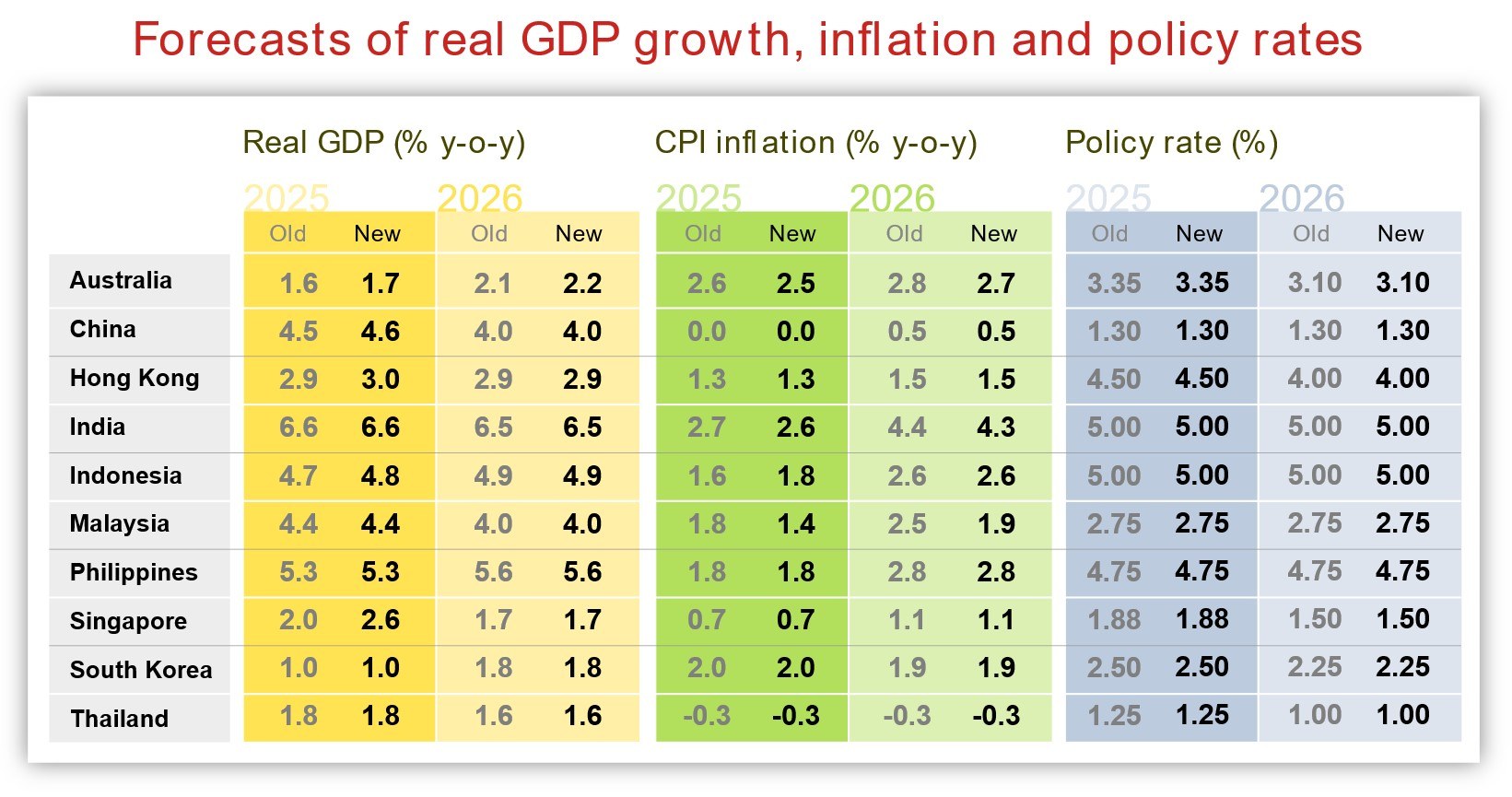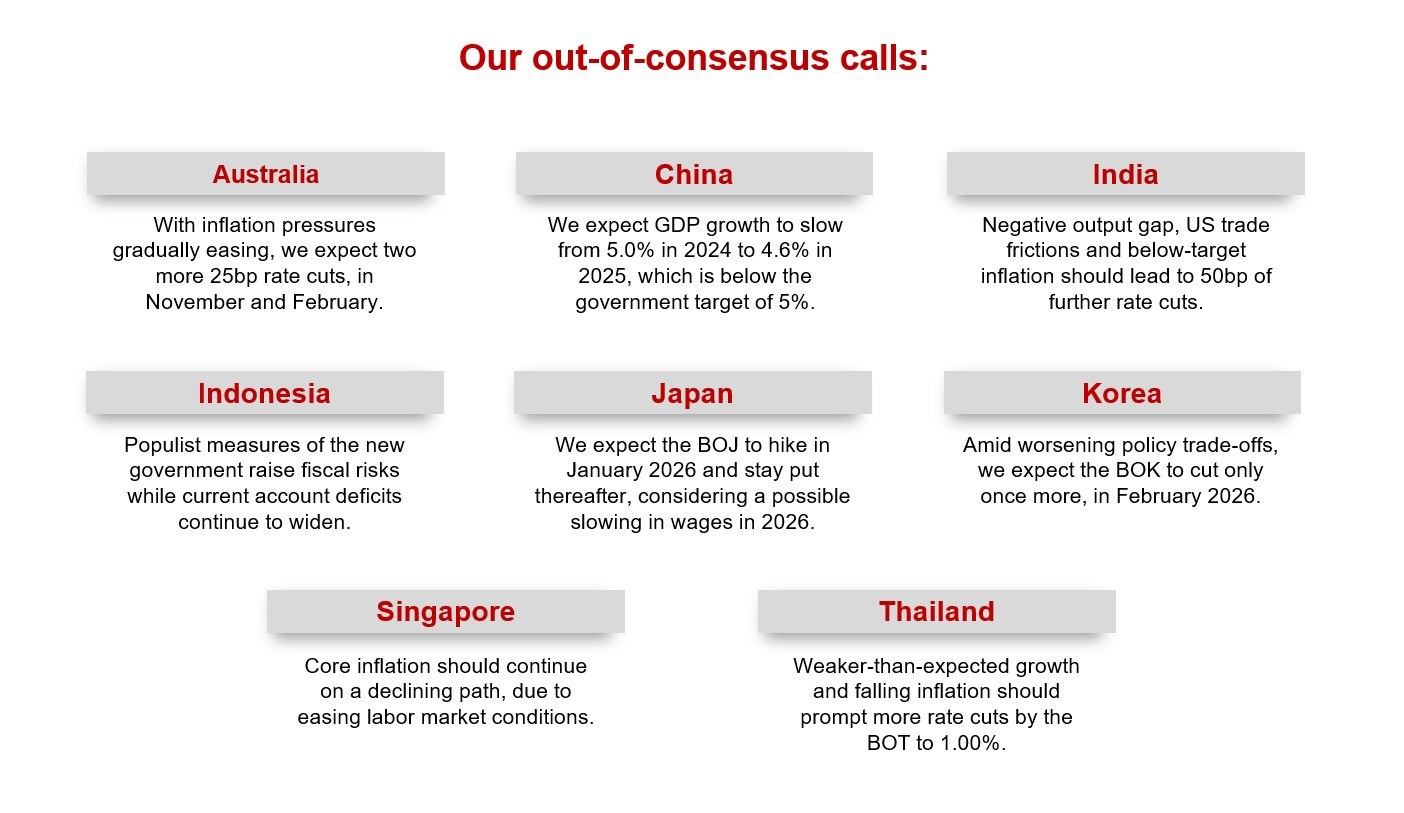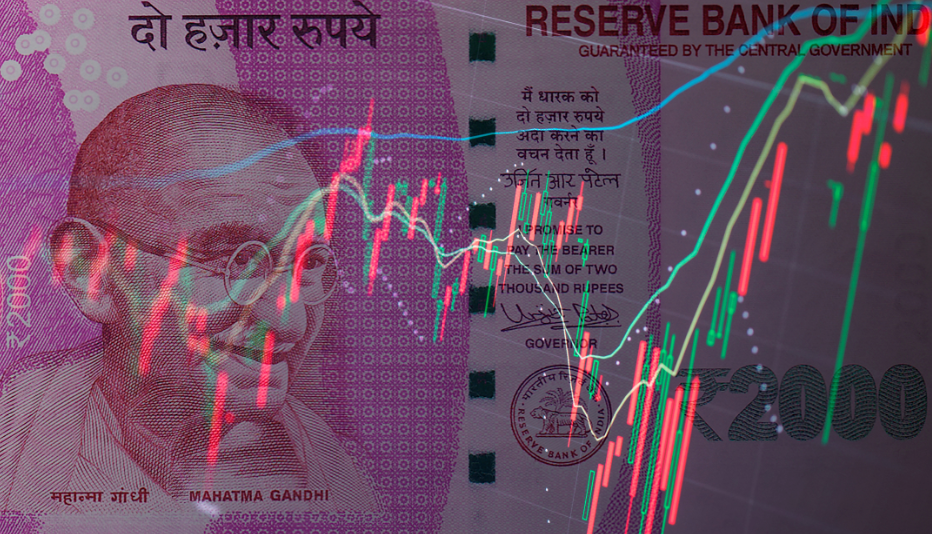The US has unveiled a complex web of modified reciprocal tariffs across Asia, ranging from 10-40%, marking a significant shift in regional trade dynamics. While Japan and South Korea have negotiated relatively favorable terms at 15%, including an exemption for autos and parts thereof, most ASEAN countries face 19-20% rates. India has been dealt a more severe hand with a higher rate of 25% and an additional 25% penalty, due to its imports of Russian energy and military equipment.
Beyond the headline tariff rates, Asian economies struck agreements with the US that encompass several other crucial elements such as committing investments into the US and reducing several non-tariff barriers, while protecting their red lines.
The real impact: beyond the numbers
Despite similar announced reciprocal tariff rates across competitor economies, the effective tariff rates (ETR) vary significantly due to various exemptions. We estimate the ETRs are substantially lower for Singapore and Malaysia, while higher for Indonesia at approximately 18%. ETRs for Korea and Japan are largely aligned with the announced rates of around 15%. India's situation is particularly challenging. The penalty for India over its Russian ties, if implemented, will take the ETR to 33.6%.
Trump has issued stark warnings about imposing a 100% tariff on semiconductor and chip imports, though exempting companies that are "building in the United States or have committed to build." These potential tariffs hold particular significance for several Asian economies: pharma exports constitute a large share for Singapore and India, while electronics dominate Malaysian and Philippine exports. Transitioning investment takes time in sectors like chips and pharma, but companies could face immediate margin pressure.
Transshipment and the China plus one strategy
The US has introduced a stringent measure, a 40% duty on all product imports deemed to be transshipped, although its precise definition is yet to be determined. Should the transshipment definition encompass both origin washing and minimum domestic content requirements, most Asian economies – particularly those in Southeast Asia – could face significant challenges.
ASEAN economies have significantly benefited from FDI and exports from China, driven by the US-China trade war and rerouting opportunities. However, the new 40% transshipment duty and anticipated stricter origin rules might incentivize Chinese exporters to maintain domestic operations rather than reroute through ASEAN.
For India, which had anticipated supply chain-related benefits from its US alignment, current tensions may eventually resolve, but this experience might encourage India to diversify its alignments beyond the US and reassess its China strategy, particularly regarding whether it should allow Chinese investment in non-strategic sectors.
Economic impact and policy implications
The short-term economic ramifications of these developments are decidedly negative, though the magnitude varies depending on several factors: the timing of pharma and chip tariffs, exemptions and whether countries can negotiate lower tariff rates. We expect a marked growth slowdown beginning in Q3, reflecting the combination of payback from export frontloading, weaker US demand and the tariff impacts on Asian exporter profit margins and investments.
We expect a multifaceted policy response from Asia to mitigate the negative economic impact. Bilateral negotiations will be the first line of defense, with Asian governments actively pursuing lower tariffs or sector-specific exemptions and concessions. Governments are likely to implement support measures for SME exporters through interest rate subvention, duty drawback and soft bank loans. We also expect additional rate cuts this year in several countries including India, the Philippines, Thailand and Indonesia.
To diversify export bases, Asian nations are also likely to pursue increased partnerships with non-US markets. For example, India has recently concluded a free trade agreement with the UK, with negotiations ongoing with the EU and New Zealand, among others. Enhanced trade and investment integration within ASEAN is also likely. As Singapore's Senior Minister Lee Hsien Loong aptly observed, the emerging global trade framework might best be characterized as "world, temporarily minus one".
For more on our forecasts, read our full report.








